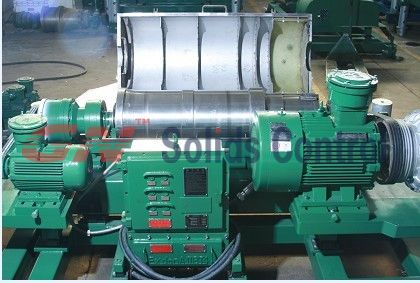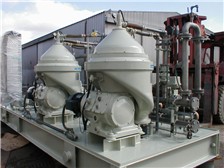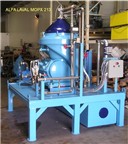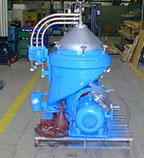5 June, 2011 - (Reuters) - Cameco is the world's second-largest producer of uranium, a radioactive metal that most nuclear power reactors use as fuel. But the Canadian-based company does more than simply take ore out of the ground.
Here is a step-by-step guide to what is involved in delivering ready-to-use fuel rods to reactors around the world.
MINING AND MILLING
Ore is mined and then milled to separate the uranium from other minerals, creating a concentrate called triuranium octoxide. The substance is then shipped to a refiner.
REFINING
At a refinery, the concentrate is mixed with acid to create a slurry. A solvent is added to extract the uranium and it is scrubbed to remove impurities.
The uranium is then concentrated and heated to break it down into uranium trioxide, a yellow powder that is then shipped to a conversion facility.
HEAVY WATER REACTORS
Natural uranium dioxide is made by reducing uranium trioxide with hydrogen. It takes the form of a tactile black powder. It is shipped from Cameco's facility in Port Hope, Ontario, to customers in Asia, who then use it to make fuel bundles for their heavy water reactors.
Cameco's Port Hope facility is the only commercial producer of natural uranium dioxide in the world.
Uranium dioxide made in Port Hope is also used by the company's fuel manufacturing division to make fuel bundles for Canadian nuclear reactors.
LIGHT WATER CONVERSION
Uranium trioxide is also converted into uranium hexafluoride, which is enriched and then used to fuel light water reactors.
To make uranium hexafluoride, uranium trioxide goes through numerous chemical processes, including the addition of fluorine gas. It is then heated to make a liquid, which is pumped into large storage containers. The containers are cooled for about four days, until the substance crystallizes.
Crystallized uranium hexafluoride is then sent to enrichment facilities in the United States, Europe and Asia where it is converted into enriched uranium dioxide to be used as nuclear fuel.
ENRICHMENT
Enrichment uses centrifuge or gaseous diffusion to increase the percentage of U-235 isotopes in uranium. The isotopes, when divided, release energy that is harnessed by nuclear plants to generate electricity.
Uranium is naturally about 0.7 percent U-235. Enrichment is necessary because light water reactors need fuel that contains 3 to 5 percent U-235.
Once enriched, the uranium has increased potential for fission and must be treated with care.
Cameco does not currently enrich uranium, but is developing a laser enrichment process with General Electric and Hitachi.
FUEL MANUFACTURING
The process of making the fuel bundles varies depending on the type of reactor. Generally granulated uranium in natural or enriched uranium dioxide form is pressed into pellets and heated to create condensed fuel.
The fuel pellets are then ground down, cleaned and fed into special zirconium metal rods which are then welded shut.
For light water reactors, the rods are snapped together in a fuel assembly, which is then transported to reactors.
For heavy water reactors, the rods are arranged into fuel bundles and welded together, then packed and shipped to customers in Canada and rest of the world.
source:












